
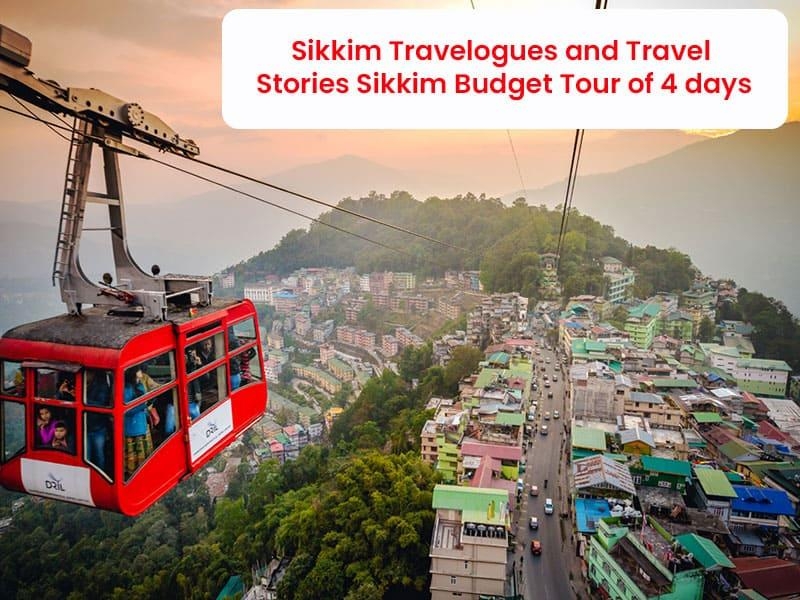
Sikkim is a tiny but a very beautiful Indian Himalayan State, situated in the heart of mighty Kangchenjunga mountain ranges. Being one of the most popular and frequently visited by tourists from all over the world due to its mountain monasteries, quaint shopping plazas, and other exhilarating experiences that this tiny state has to offer. Sikkim is the second smallest state in India located in the Eastern Himalayas. The state is spread in the foothills of the world’s third-highest mountain range Mount Kangchenjunga. Sikkimese considers this mighty mountain as their protective deity. The place is known for its lush green valleys, snow-capped mountains, amalgamated culture, and humble citizens.
Due to all these highlights and because of my love for mountains and secluded places I decided to take a tour of this small yet beautiful state of India. I took a week off and just did some google search about the place, planed a little, packed my bag, and head out to explore and experience the home of mighty Kangchenjunga- Sikkim.
I started my journey to Sikkim from New Delhi Railway station from where I boarded Dibrugarh Town Rajdhani Express and my next destination was New Jalpaiguri in West Bengal. After the 22 hours of the train journey, I reached New Jalpaiguri. Though the train Journey was a little tiresome,but it was far better than traveling in some mail or superfast trains. After reaching New Jalpaiguri I took a shared Jeep to Gangtok. These shared jeeps are always available in NJP or Siliguri for the different areas such as Darjeeling and Gangtok. These taxi services have a fixed rate, so there are no chances of being scammed or bargain. Tourists also can hire a private cab, but the cost will be higher than that of a shared one with a more comfortable journey and the maximum allowed passenger are 4. Now if you are on a budget trip just like me you should go with the shared cab.
The cars from West Bengal are not permitted to go beyond Deorali in Sikkim. Hence, from Deorali you have to hire any other local transport in order to reach your hotel in Gangtok. But while returning back you can get a direct cab from M.G. Marg to NJP, and you don’t need to change the car at Deorali.
Before getting too dark we reached our hotel in Gangtok. We stayed in Hotel Kasturi which was very economical with all the basic facilities. After resting and a little freshen up we decided to start our Sikkim tour by exploring the nearby market first, for this intention we head out and visited M.G. Marg which is the center of the Gangtok City. We enjoyed the most famous Sikkimese momos on M.G. Road. After strolling for a couple of hours we returned back to our hotel for a night stay.
On the second day after breakfast, we decided to move for our second destination which was Lachen, and for that, we check-out from the hotel. We were picked up from the hotel and taken to Lachen. It is a stunning hill town at an altitude of 9,800 feet above the sea level in the Himalayas. On the way to Lachen, we passed through Singhik Village and stunning Singhik View Point. Apart from that, we also enjoyed our visit to Seven Sister Waterfall and Naga Waterfall where the atmosphere was so relaxing and scenic. After an eventful day at Lachen, we checked in to hotel Delight Royal Lachen for overnight stay.
Sun rises a little early here in the north-east region of the country. So, we got up early and after having early morning breakfast we got ready to explore the 2nd day of our Sikkim Tour. We board on a car for an early morning drive to the Gurudongmar Lake, which was a very refreshing experience. The lake is located at a height of 17,100 feet above the sea level. The lake is one of the popular and splendid attractions in Sikkim. After our excursion of Gurudongmar Lake, we came down and had lunch at the hotel. After having a delectable lunch and a little rest we again started our journey to the Lachung Valley. The valley is known for its flower beds, waterfalls, and hot springs.
We started our 3rd day of Sikkim tour by digging on to a hearty breakfast provided by the hotel. This day was scheduled to visit Yumthang Valley which is located an altitude of 11,800 ft. The place was surrounded by majestic snow-capped mountains, deep valleys, and flora here beyond the words. While returning to the hotel we also visited the natural Sulphur Hot Spring which is believed to has medicinal relevance.
On the fourth day, we checked-out from the hotel at Lachen and started for Gangtok. After reaching Gangtok we took up a shopping tour in which we purchase the famous Sikkim tea and some knick-knacks to bring back home. Sikkim is a very amazing place with very humble people. Most of the people here follow Buddhism. Now if we talk about the food and culture of Sikkim, then it is greatly influenced by the Tibetan and Nepalese culture which can be traced through the food and the living style of the people here. Now the time has arrived to leave the place and visit NJP to catch a train back home, but the memories that we made here will keep reminding us of the stunning mountains, valley, and amazing culture of Sikkim.
1. Tips for the tourists visiting Sikkim
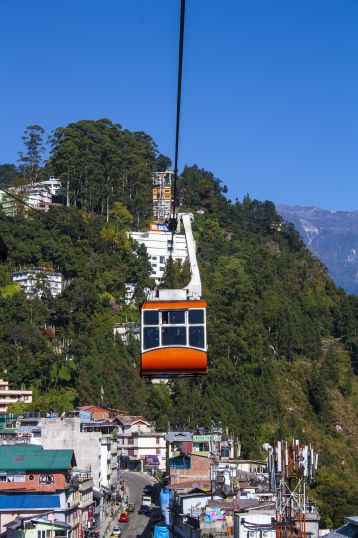
If someone wants to visit and experience the beautiful land of Sikkim then the things that one must consider before visiting to Sikkim are
- Plan a trip according to the weather.
- Sikkim is a cold region, hence don’t forget to pack essentials to tackle with it.
- It is good to carry less cash, as you will get lots of ATM and POS operated hotel and restaurants.
- Keep your documents handy and securely.
- When in Sikkim, respect the culture and landscapes of Sikkim.
- Don’t expect snowfall everywhere in Sikkim, just enjoy the moments.
Book your Sikkim tour packages at best price with HelloTravel.com & get exciting deals on Sikkim vacation.
Recommended For You
-
 Best Places to Stay During Kumbh 2025: From Tents to Luxury Hotels
Best Places to Stay During Kumbh 2025: From Tents to Luxury Hotels
-
 The Ultimate Guide to Maha Kumbh Mela 2025 at Prayagraj
The Ultimate Guide to Maha Kumbh Mela 2025 at Prayagraj
-
 Understanding the Importance of the Sangam: The Confluence of Faith
Understanding the Importance of the Sangam: The Confluence of Faith
-
 The History and Mythology of Kumbh Mela: A Journey Through Time
The History and Mythology of Kumbh Mela: A Journey Through Time
-
 Best Places to Eat in Goa: Indulge in a Culinary Delight
Best Places to Eat in Goa: Indulge in a Culinary Delight
-
 The Future of Drone Tourism: How Drones are Changing the Travel Industry
The Future of Drone Tourism: How Drones are Changing the Travel Industry
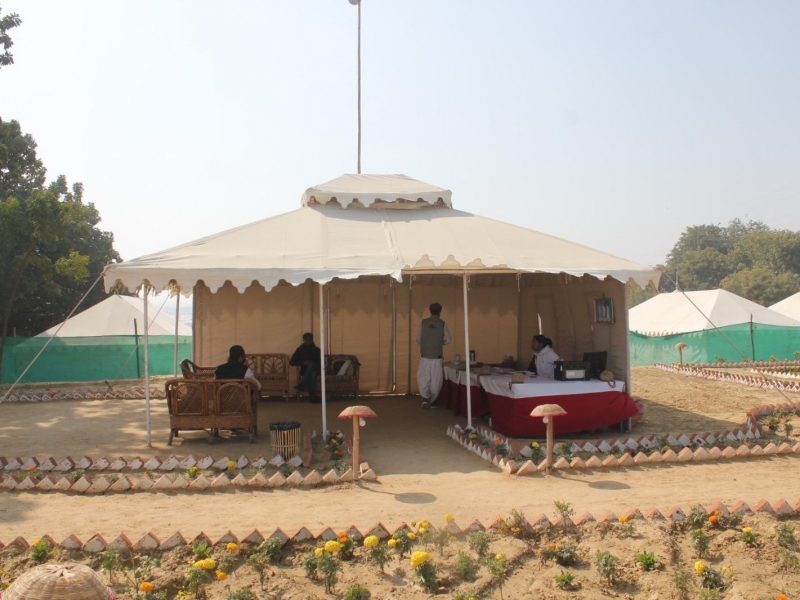
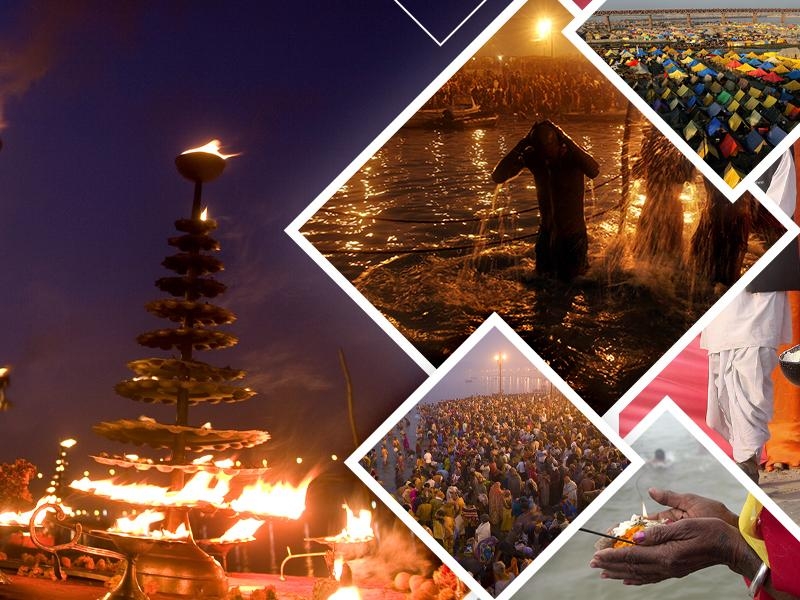
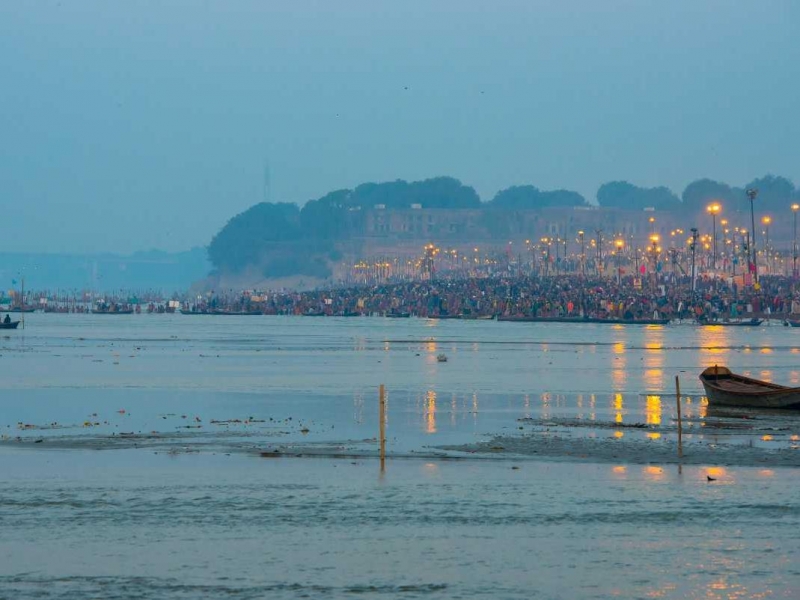
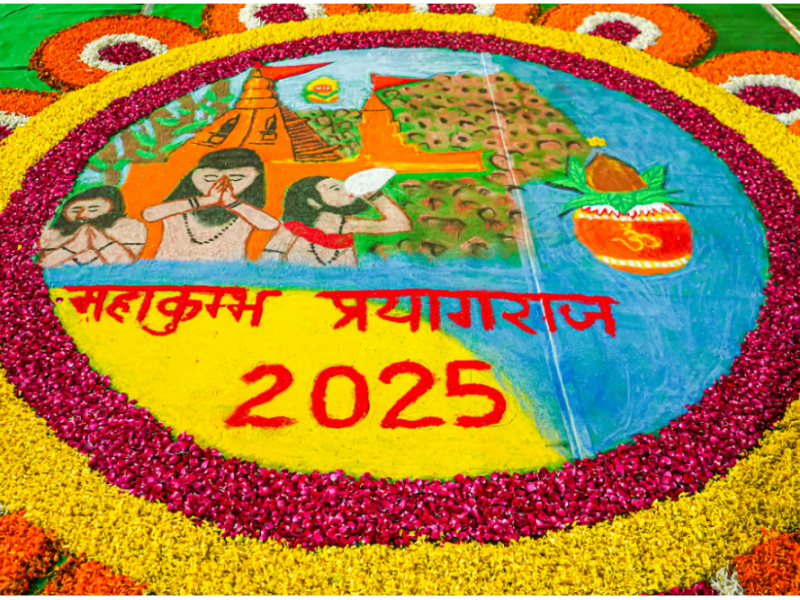

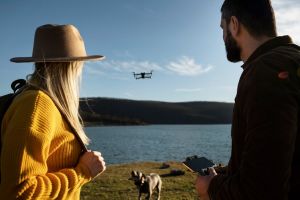
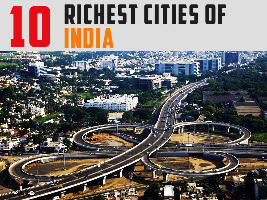
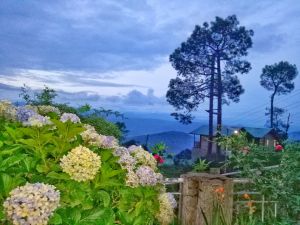

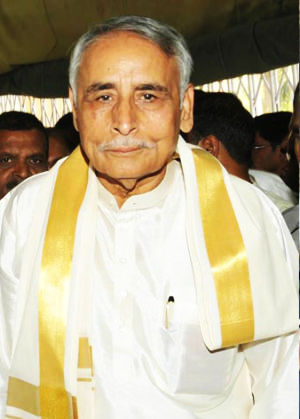
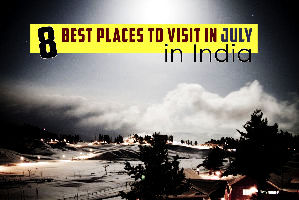
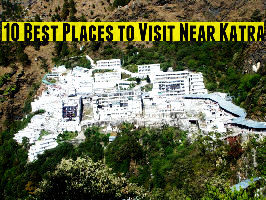

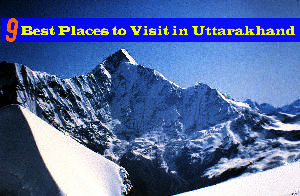

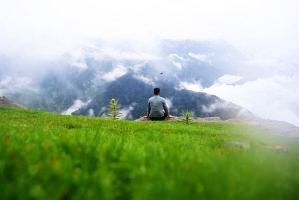
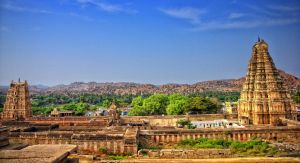
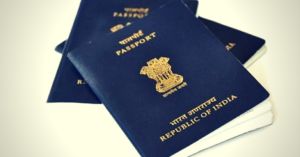




Author Bio